How to Copy a File Path on a Mac

The file path of files and folders on your Mac may not always be obvious. Learn how to copy a file path on a Mac.
The graphical interface of macOS ensures that for the majority of the time, you don’t need to know the file paths of your files or folders. You can navigate to them through the relevant icons within Finder in blissful ignorance of the full file path of those files.
However, there are occasions when you may need to know the full file path of a file or folder. Even if you could work it out from the parent directories, typing out a long file path is work you don’t need to do. That’s because there are several ways you can quickly copy the file path of a file or folder on your Mac.
If you want to know how to copy a file path on a Mac, follow the steps below.
Why Would You Need to Copy a File Path on Mac?
From its earliest incarnations to the most recent releases, macOS was designed to rely heavily on a graphical user interface. The idea was that you wouldn’t need to know the file path of your documents; you could find them by navigating through the graphical folders. The same still holds true even in the most recent versions of macOS.
Sometimes, however, you may need to know the file path of a document or folder. For example, if you want to use Terminal to manipulate files, you’ll need to know the file path. You might use Terminal because you can get the job done faster, because you want to change the macOS defaults, or simply because you prefer using Terminal to the graphical interface.
How to Copy a File Path From the Context Menu
Right-clicking on any file or folder will bring up a context menu. One first glance, there’s nothing in that context menu that would allow you to copy the file path.
That’s because this option is hidden away. You’ll need to hold down the Alt (Option) key to see it.
To copy a file path from the context menu:
- Find the file or folder that you want to copy the file path for.
- Right-click on the file or folder.
- The context menu will appear, with an option to Copy the file.


- Hold down the Alt (Option) key.
- The Copy option will now change to Copy … As Pathname.


- Click this option and the file path is copied to your clipboard.
- To paste the file path in the location that you want it, you can use the keyboard shortcut Cmd+V.
How to Copy a File Path From the Get Info Window
The Get Info window allows you to see detailed information about a file or folder in Finder. It also includes the location of the file or folder.
Although this is not in the format of a file path, if you right-click this location, you’re given the option to copy the file path.
To copy a file path from the Get Info window:
- Find the file or folder that you want to copy the path for.
- Right-click the file or folder and select Get Info from the context menu.

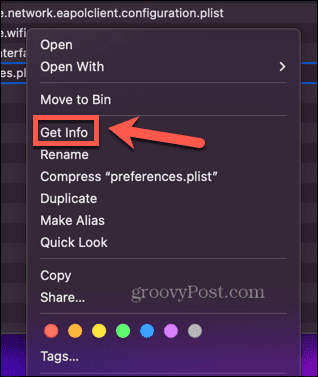
- Right-click on the location of the file or folder, listed next to Where under the General section.


- Click Copy As Pathname.

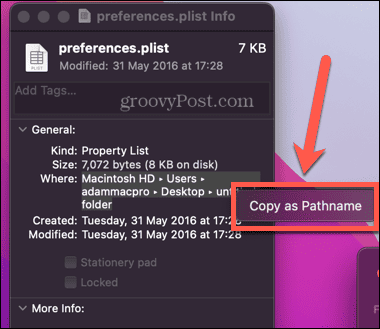
- The file path is now copied. You can paste it wherever you wish using Cmd+V.
How to Copy a File Path Using Go to Folder
Finder also has a useful Go To Folder feature that allows you to navigate directly to a folder if you know its file path. You can also use this in reverse, however; if you drag and drop a file or folder into the Go To Folder window, it will automatically generate its file path.
If the file or folder you want to find the file path for is on the desktop, you can just drag it straight into the Go To Folder window to see its file path. However, if you want to find the file path of a file or folder that’s not on your desktop, you’ll need to open a second Finder window.
That’s because when you open the Go To Folder window, you can no longer access files in the active Finder window.
To copy a file path using Go To Folder:
- Open Finder.
- If the file or folder you want to find the file path for isn’t on your desktop, open a second Finder window with File > New Finder Window or with the shortcut Cmd+N.

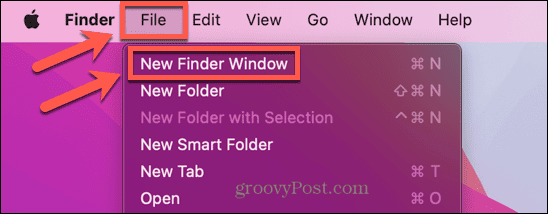
- Click the Go menu.


- Select Go To Folder.

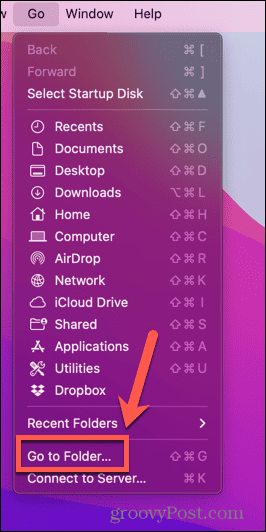
- Click the X to clear the current path.


- Locate the file you want to find the file path for in your second Finder window, or on your desktop.
- Drag the file or folder to the top of the Go To Folder window.


- The file path of the file or folder will appear.


- Right-click and select Copy or use the shortcut Cmd+C.

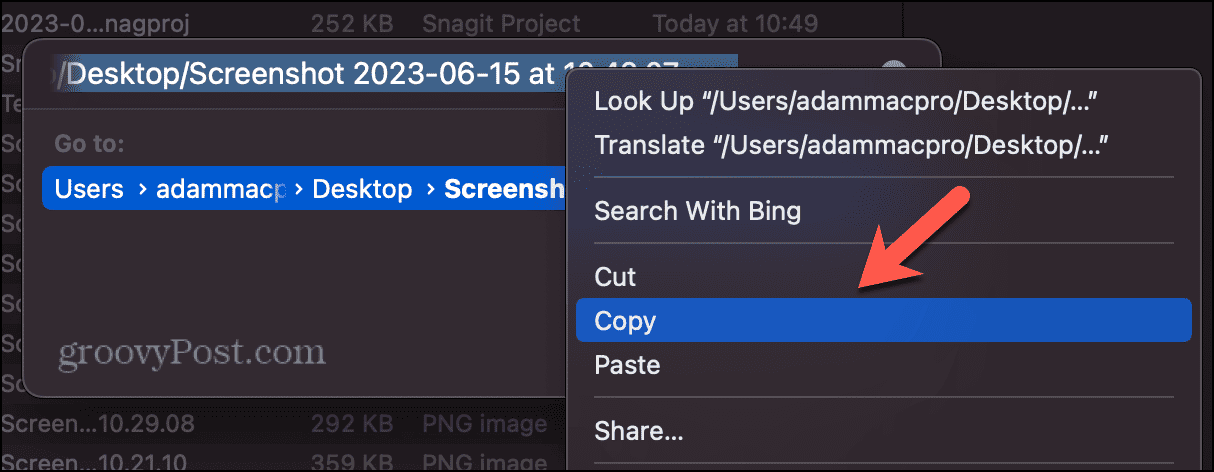
- You can now paste the file path wherever you wish using Cmd+V.
How to Copy a File Path Using Terminal
One of the reasons why you might need to know the file path of a file is to perform actions upon that file in the Terminal. For example, if you want to move or delete a file, you’ll need its file path, or to navigate to its enclosing folder, to be able to do so.
You can actually use Terminal to find the file path for you, however. Simply drag a file into the Terminal window and you’ll see its file path.
To copy a file path using Terminal:
- Open Terminal. If you don’t have it in the dock, the quickest way is to launch Spotlight with Cmd+Space and type Terminal in the search field. You can then select the Terminal app in the results.


- Find the file or folder that you want to find the file path for.
- Drag the file or folder into the Terminal window.


- Let go and the file path should appear.


- Since the file path is already highlighted, to copy it, all we need to do is right-click and select Copy or use Cmd+C.

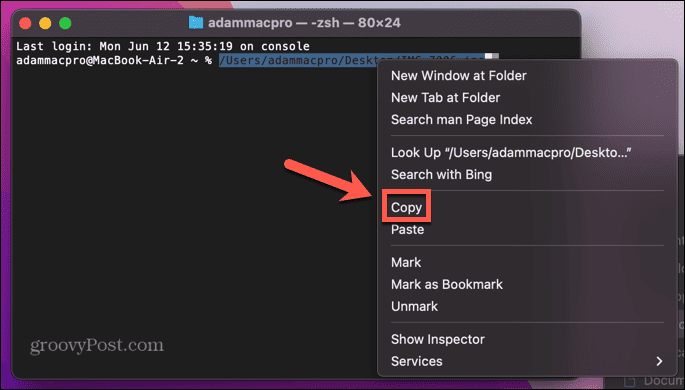
- You can now paste the file path wherever you need it using Cmd+V.
More macOS Tips and Tricks
Learning how to copy a file path on a Mac can save you a lot of time and pain. Whichever method you use, you can quickly and easily find and copy even complex file paths and paste them wherever you need them.
There are many other useful tips and tricks that can make your time with macOS a little easier. You can learn how to use Shortcuts in macOS Monterey to automate common tasks and save you a lot of time. You can learn how to use dictation on a Mac to enter text using your voice.
And if you’re tired of entering your password or using other login methods on your Mac, you can learn how to enable automatic login instead.
2 Comments
Leave a Reply
Leave a Reply







Nick
August 29, 2023 at 5:44 am
You can also use key commands.
Control + Option + Command + C copies full file path with spaces escaped
Option + Command + C copies path destination
kenny
September 26, 2023 at 6:34 am
thank you